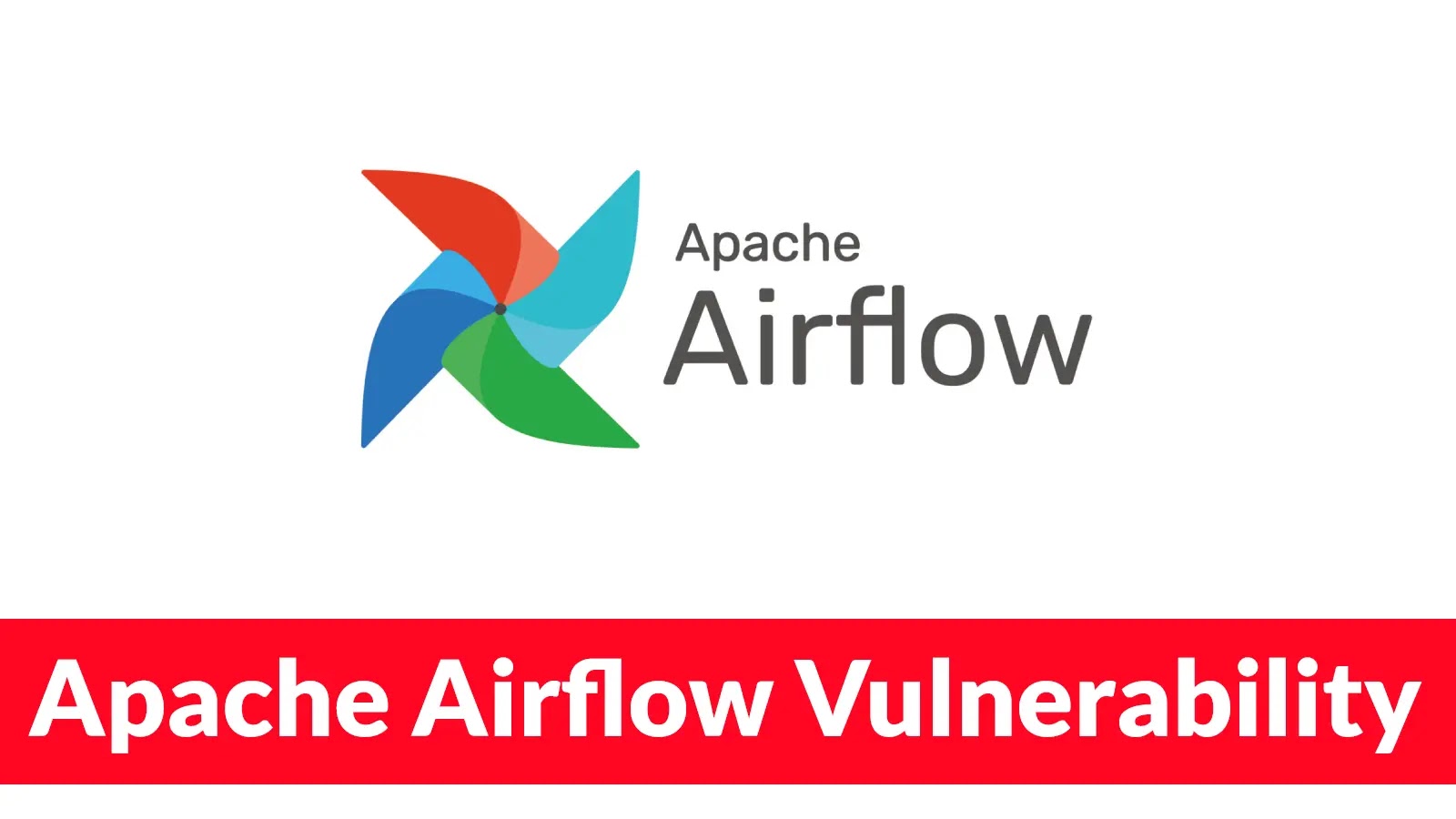
Apache Airflow Vulnerability Exposes Sensitive Details to Read-Only Users
Apache Airflow Vulnerability Exposes Sensitive Details to Read-Only Users
A recent security discovery casts a spotlight on a critical flaw within Apache Airflow, specifically version 3.0.3. This vulnerability, tracked as CVE-2025-54831, allows users with seemingly innocuous read-only permissions to access sensitive connection information. This directly undermines Airflow’s designed security model, where granular access control should prevent unauthorized exposure of critical data.
For organizations relying on Apache Airflow to orchestrate complex data workflows, this is a significant concern. The integrity of sensitive credentials, API keys, and database connection strings is paramount for maintaining robust data security and operational continuity.
Understanding the CVE-2025-54831 Vulnerability
CVE-2025-54831 has been classified with an “important” severity rating, indicating its potential for serious impact. The core issue lies in Apache Airflow version 3.0.3’s handling of sensitive information stored within workflow connections. Prior to this version, Airflow’s security model was designed to restrict access to such details based on defined user roles and permissions.
However, this flaw bypasses these established controls, granting users with only read permissions an unintended window into data that should remain confidential. This could include database credentials, access tokens for cloud services, or other information crucial for system interaction and security.
Impact and Risks
The implications of this vulnerability are far-reaching. Exposure of sensitive connection details can lead to:
- Unauthorized Data Access: Read-only users could exploit exposed credentials to gain unauthorized access to databases, cloud resources, or other integrated systems.
- System Compromise: Compromised credentials can enable attackers to move laterally within an organization’s infrastructure, escalating privileges and potentially leading to a full system breach.
- Operational Disruption: Malicious actors could tamper with workflows, inject malicious code, or disrupt critical business processes, causing significant financial and reputational damage.
- Compliance Violations: The exposure of sensitive data can lead to non-compliance with various regulatory standards (e.g., GDPR, HIPAA, SOX), resulting in hefty fines and legal repercussions.
Remediation Actions
Addressing CVE-2025-54831 promptly is crucial for maintaining the security posture of your Apache Airflow deployments. Organizations should take the following steps:
- Upgrade Apache Airflow: The primary remediation is to upgrade your Apache Airflow instance to a patched version. Monitor official Apache Airflow release notes and security advisories for the specific patch that addresses this vulnerability.
- Review User Permissions: Conduct a thorough audit of all user accounts and their assigned permissions within Apache Airflow. Ensure that users only have the minimum necessary privileges required for their roles (the principle of least privilege).
- Implement Strong Authentication: Ensure multi-factor authentication (MFA) is enforced for all Apache Airflow users, especially those with elevated privileges.
- Connection Security Best Practices: Where possible, utilize external secrets management tools (e.g., HashiCorp Vault, AWS Secrets Manager, Azure Key Vault) to store sensitive connection information rather than directly within Airflow connections. This adds an additional layer of security and separation of concerns.
- Monitor Access Logs: Regularly review Apache Airflow access logs and audit trails for any suspicious activity or unauthorized access attempts.
Tools for Detection and Mitigation
Leveraging appropriate tools can aid in detecting vulnerabilities and enhancing your Apache Airflow security posture.
| Tool Name | Purpose | Link |
|---|---|---|
| Apache Airflow Security Features | Built-in access control, user management, and auditing capabilities. | https://airflow.apache.org/ |
| OWASP ZAP | Dynamic Application Security Testing (DAST) tool to find vulnerabilities in web applications. | https://www.zaproxy.org/ |
| TruffleHog | Scans repositories for exposed secrets and sensitive data. | https://trufflesecurity.com/trufflehog |
| HashiCorp Vault | Manages and secures access to secrets and sensitive data. | https://www.vaultproject.io/ |
Prioritizing Security in Workflow Orchestration
The discovery of CVE-2025-54831 serves as a stark reminder that even widely adopted and robust platforms like Apache Airflow require continuous vigilance regarding security. While Apache Airflow 3.0 brought architectural enhancements, this vulnerability highlights the importance of thorough security testing and prompt patching.
Organizations must view security not as an afterthought but as an integral part of their workflow orchestration strategy. Proactive measures, including regular updates, stringent access controls, and the adoption of security best practices, are essential to protect sensitive data and maintain operational integrity.





